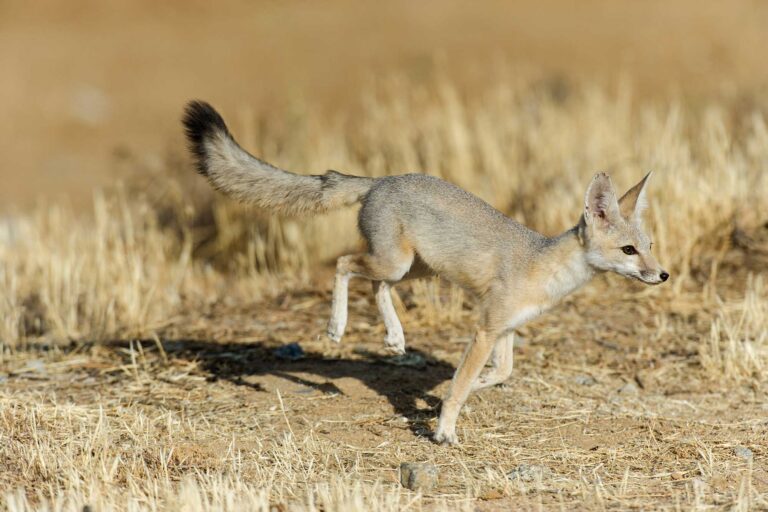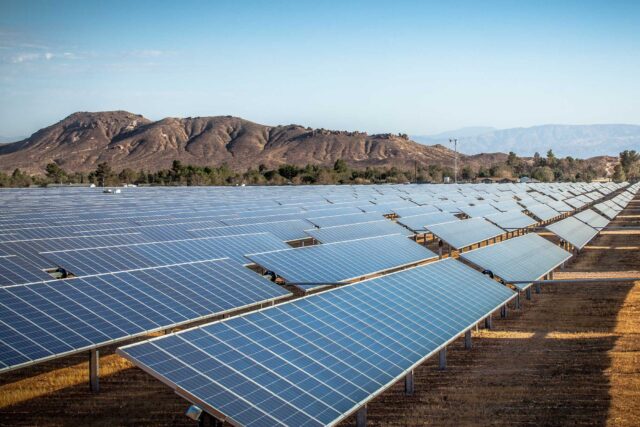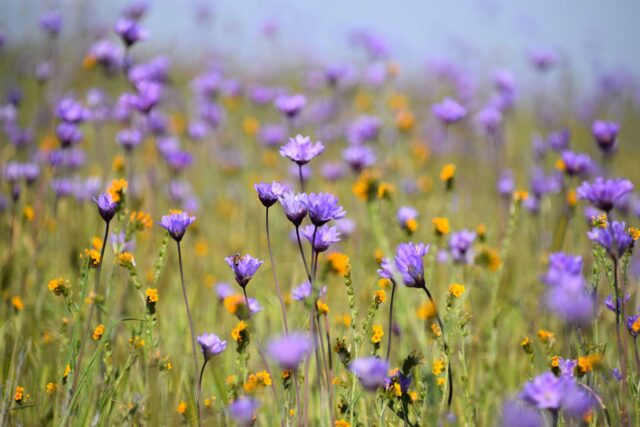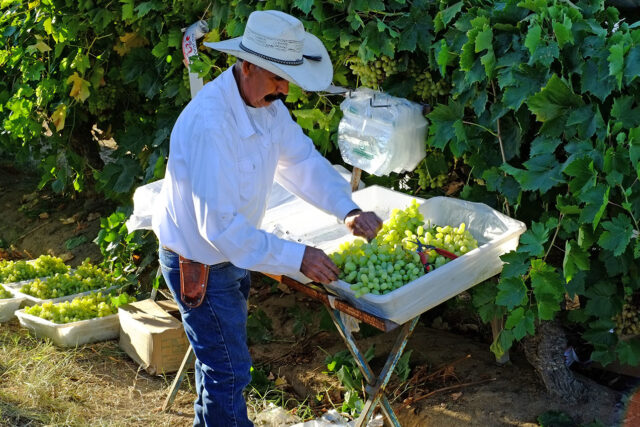Land fallowing is coming to the San Joaquin Valley. PPIC estimates that compliance with the Sustainable Groundwater Management Act (SGMA) will require at least 500,000 acres of irrigated farmland (10%) to come out of production by 2040.
What are the best uses for newly fallowed land? A few weeks ago, this blog explored solar development in the San Joaquin Valley. We recently met with a group of conservationists to discuss another potential land use: transforming formerly irrigated land into habitat.
The benefits of restoring wetlands, riparian, and upland habitat
Fallowed land brings many threats, including dust, pests, and weeds. It’s in everyone’s interest to avoid haphazard fallowing that could exacerbate these issues, and conservationists—who have broader restoration goals for the valley—see opportunities for synergies with growers who will need to fallow land.
Priority ecosystem types for restoration fall into three broad categories: wetlands, riparian (streamside), and uplands (drier, arid grasslands).
The San Joaquin Valley’s network of managed wetlands is a backbone of the Pacific Flyway. While many of these wetlands—which are watered every year—have fairly reliable access to surface water, one concern with SGMA is ensuring that groundwater-reliant wetlands maintain adequate supplies. SGMA also presents opportunities to expand intermittent wetlands—which are flooded in some, but not all years—in areas that are suitable for groundwater recharge. Recharge is a priority approach for augmenting water supplies, and with the right design, such areas can also provide great habitat for migratory birds and other wildlife. The Kern Water Bank is a large-scale example of this multi-benefit approach.
Riparian restoration can also help with recharge and, by making room for the river, can mitigate flood risks, which is important for flood-prone, low-income communities. And in terms of supporting endangered species, restoring riparian areas arguably offers outsized benefits.
But in terms of water savings, some of the biggest wins will come from restoring dry upland areas that were once covered by native grasslands and desert scrub. Upland restoration—potentially suitable on as much as 100,000 acres—could benefit vulnerable San Joaquin desert species including the blunt-nosed leopard lizard, the giant kangaroo rat, and the San Joaquin kit fox.
Partnering with agriculture and communities
Restoration will be more successful if projects combine habitat needs with other local benefits—and working with farmers and other stakeholders to identify these opportunities will be key. Beyond the potential for boosting recharge and flood protection on some lands, habitat restoration can bring more outdoor recreation opportunities to a notably parks-poor area of the state. It can also bring jobs in areas that will be impacted by fallowing: one workshop participant estimated that restoration work creates about 17 jobs for every $1 million invested. In addition, wildlife-friendly farming can advance conservation goals on active farmland, while fostering buy-in in the farming community.
Tough nuts to crack
The group identified a number of issues that must be addressed to make large-scale habitat restoration feasible in the valley.
- Management challenges.Transforming formerly irrigated fields into habitat will demand intensive management to get these projects going. Who will own, manage, and maintain these lands?
- Water access. Even though habitat restoration will ultimately lower the water used on these lands, they will still require some water access. Figuring out the “water budgets” for different types of habitat, and ensuring that there’s credit for the water savings, will be key.
- Technical questions. There are still many technical questions to answer around how to restore farmland, and what level of ecosystem function we can achieve on lands that are very altered from their original state. For instance, upland areas restored with native grasses can be easily overwhelmed by non-native grasses and weeds. Acknowledging this, and facilitating sustainable grazing practices to manage undesirable vegetation, will be essential.
- Permitting. Current permitting processes make it hard to get restoration efforts off the ground. To unlock opportunities, federal, state, and local authorities will need to embrace the principles of smarter permitting, such as regional, programmatic permits.
- Safe harbor agreements. Putting in place “safe harbor” agreements with farmers near restored areas could increase openness to habitat restoration by assuring farmers they wouldn’t be prosecuted if endangered species use their lands. Such laws are on the books, but they aren’t commonly used in the valley.
- Funding. Although restoration projects can provide numerous benefits, they will not pay for themselves. A mix of federal, state, and local funding programs exist, but generally in small bits and pieces. A new California Department of Conservation program will provide $50M in block grants for multi-benefit farmland repurposing in SGMA-affected areas; this holds great promise.
- Developing buy-in. All these projects will require buy-in from stakeholders, to build trust and develop a shared vision. Pilot projects—concrete examples that show how the work would play out on the ground—can be very helpful.
- Connecting the dots. This issue can’t be solved farm-by-farm. Habitat investments have the most value when they provide “connectivity”—enabling species to move across wider areas. Broad-based planning—ideally at the regional scale—could help align incentives and investments to support smart habitat strategies and other opportunities, such as solar energy, that could help make SGMA transitions successful for the valley’s communities, economy, and environment.







